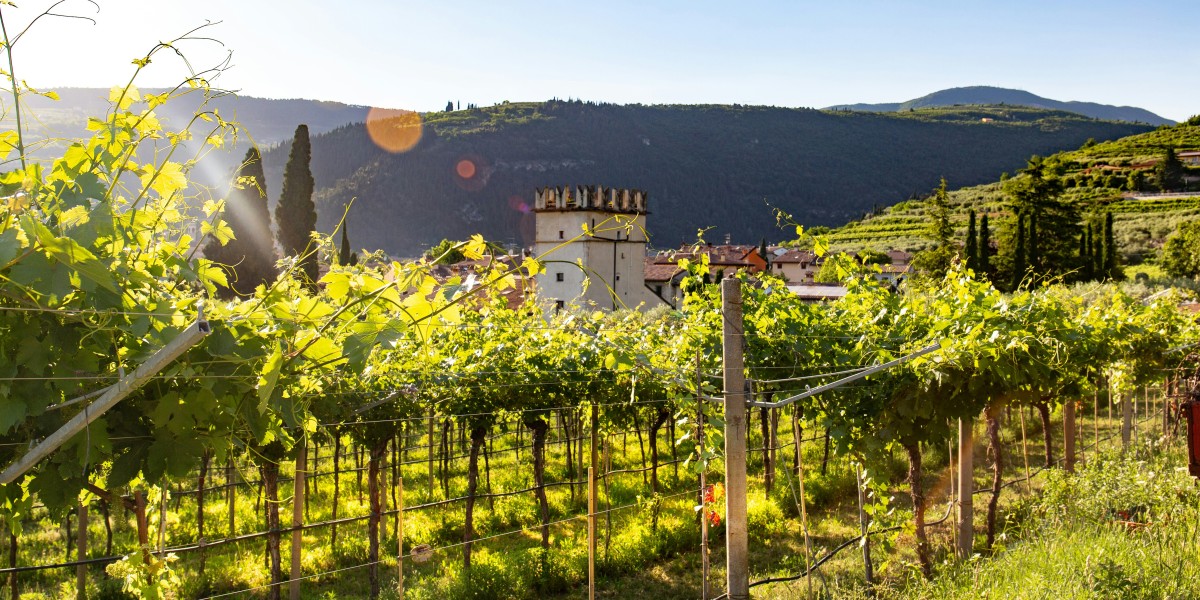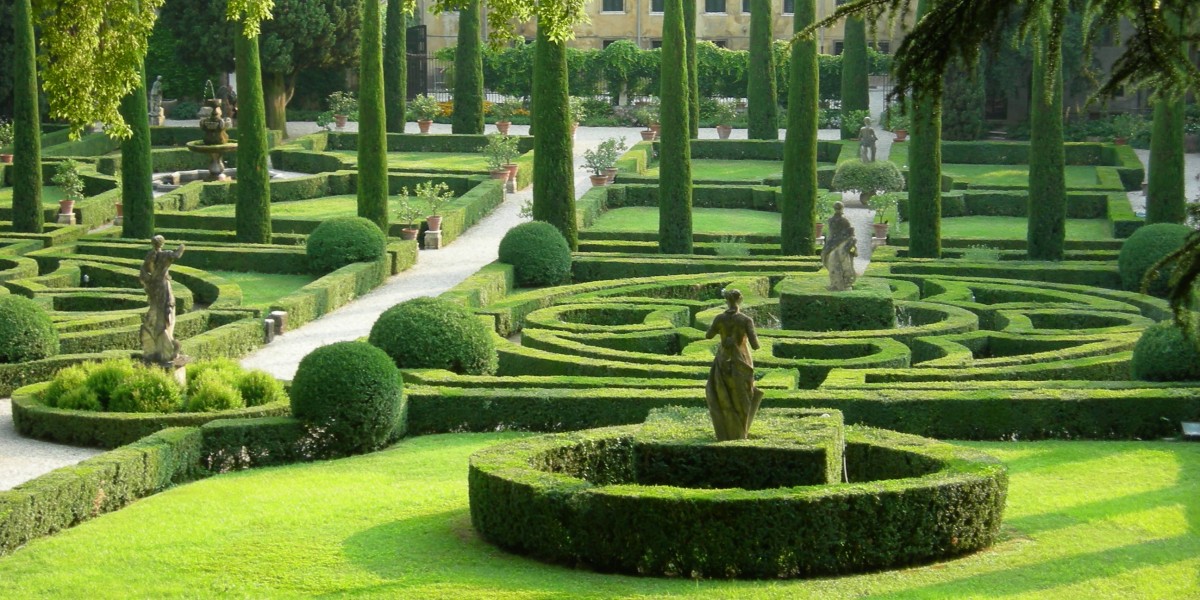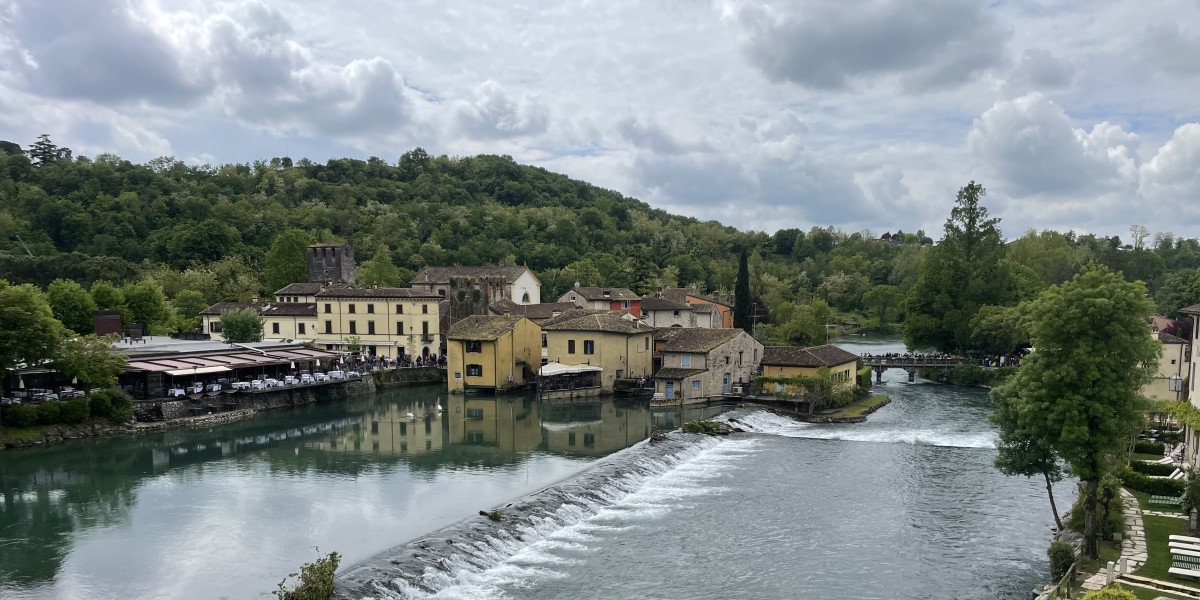
Verona is in northern Italy’s Veneto region, with the Adige River flowing right through its centre. While it's often linked to Shakespeare’s famous couple, the city's character is really shaped by its grand Roman amphitheatre and winding medieval lanes. Exploring beyond these well-known sights reveals plenty of non-touristy things to do in Verona.
Unusual things to do in Verona beyond the tourist attractions
It’s easy to spend your time in Verona ticking off the big sights like the Arena and Juliet's balcony, but there’s a lot more going on once you duck down the side streets.
Discover the Biblioteca Capitolare

Right next to the Verona Cathedral, or Duomo, is a place most people walk straight past. The Biblioteca Capitolare is one of the oldest libraries in the world still in operation, with a collection of texts that goes back centuries. It's a quiet, fascinating spot where you can see ancient manuscripts and get a real sense of the city’s long history as a centre of learning.
Find the hidden Roman ruins under a high street shop
If you pop into the Benetton clothing shop on Via Mazzini, you can head downstairs to see the remains of a Roman villa beneath the shop floor. It's a strange but brilliant contrast, seeing ancient mosaics just metres away from modern jumpers.
Look for the whale bone in Piazza delle Erbe

Piazza delle Erbe is one of Verona’s main hubs, and while you're there, look up as you pass under the Arco della Costa, an archway connecting the square to Piazza dei Signori. You’ll see a large rib bone hanging there, which is said to be from a whale. Local legend has it that the bone will fall on the first truly honest person to walk underneath it. So far, it’s still hanging safely in place.
Authentic food and drink experiences in Verona
Verona is a great place to eat, but it pays to sidestep the main squares packed with tourist menus. The real food scene is found in the backstreets and local wine bars, where you can get a proper taste of the region's cooking.
Find hidden gem restaurants for local cuisine
For a proper Veronese meal, you'll want to find an osteria. These are traditional, often family-run spots that are much more relaxed than a formal restaurant. Try exploring the Veronetta neighbourhood, just across the river. It's less polished than the historic centre and has some brilliant, affordable places.
Keep an eye out for local dishes like risotto all'Amarone, a rich risotto made with the local red wine, or pastissada de caval, a horse meat stew with a very long history. You'll also find lots of classic Northern Italian pasta dishes on the menu. A good rule of thumb is that if the menu is only in Italian, you're probably onto a winner.
Sample local wines with panoramic city view

The area around Verona is famous for its wine, especially around Valpolicella, which is home to Recioto della Valpolicella, a rich red Italian dessert wine. You could head out of the city for a proper vineyard tour, but you don't have to go that far. There are plenty of local wine bars, called enoteche, where you can try a glass of the local stuff.
For a drink with a view, take the funicular railway up to Castel San Pietro. The castle itself isn't much to see, but the terrace offers an incredible panorama of the city. It’s a top spot for an early evening aperitivo as you watch the sun go down over the rooftops.
Join an Italian cooking class
If you want to get properly hands-on, a cooking class is a great way to spend an afternoon. It's a bit different from just eating in a restaurant, as you get to learn about why certain ingredients are used. You can find classes that focus on all sorts of local specialities, from making fresh pasta like bigoli to mastering the perfect tiramisù.
Free and relaxing non-touristy activities in Verona
Getting a feel for Verona doesn't have to mean constantly reaching for your wallet. Some of the best moments come from just wandering around and finding a quiet corner to take it all in.
Explore the gardens at Giardino Giusti

Just across the river from the main historic centre is the Giardino Giusti. It's a great example of an Italian Renaissance garden, complete with neatly trimmed hedges, classical statues, fountains, and even a small maze to wander through. There is an entrance fee of €13, but the view from the top of the garden, looking out over Verona's terracotta rooftops and church spires, is well worth it.
Is Verona a walkable city?
Verona's historic centre is very compact, and you can get between most of the main sights on foot quite easily. For a lovely stroll away from the crowds, you can follow the path along the Adige river or get a bit lost in the quieter streets of the Veronetta neighbourhood. If your feet do get tired, the city has a bike-sharing service called Verona Bike, which is a good way to cover a bit more ground.
The Romeo and Juliet trail for non-tourists
You can't really go to Verona and ignore Romeo and Juliet completely, but the experience at Juliet’s House can be a bit intense, with huge crowds packed into a tiny courtyard. There are other, more interesting ways to engage with the story that don't involve queuing for ages.
Write a letter to Juliet at the Juliet Club
For decades, people have been writing letters to Juliet, and a team of local volunteers, known as the Juliet Secretaries, replies to every single one. You can post a letter in a red postbox near Juliet's House or visit the Juliet Club (Club di Giulietta) in person.
Is Juliet's balcony real in Verona?

The famous balcony isn't actually real in a historical sense. The building was bought by the city of Verona in the early 1900s, and the balcony was added in the 1930s to make it look the part for tourists. The whole story is fictional, after all. The same goes for the bronze statue of Juliet in the courtyard. The tradition of touching her right breast for luck in love is a modern invention, and is why it's so much shinier than the rest of the statue.
Explore the towns and villages near Verona

While there's plenty to keep you occupied within Verona's city walls, it's also a brilliant base for getting out and seeing the top towns and villages in the Veneto region.
The train connections are excellent, so it’s easy to escape the city for a day and see a different side of northern Italy. You could explore Soave, a medieval town completely enclosed by its original walls and watched over by a magnificent castle, or visit Valeggio sul Mincio to see the picturesque hamlet of Borghetto, with its old watermills right on the river.
Living in Verona
Be warned, Verona has a way of drawing you in. You might come for the history and the atmosphere, but it’s easy to get swept up in the romance of it all and find yourself wanting to stay. Before you know it, a short break turns into a longer stay, and you start to seriously consider what living in Verona could look like.

Stay inspired for your travels in Italy —get our weekly newsletter for the latest travel, legal, and lifestyle news.
For a taste of the high life, sign up for the monthly luxury market round-up.
